For project 1: analogue, I decided to go with my toilet sorter idea. To quickly recap, I wanted to look into the psychology of how someone would pick a toilet cubicle, and the project made people pick dirty toilets as a show of “movement without the body being there”.
I felt that there was more to it than just movement, and that toilet-picking was really something that I find rather amusing, and tried to think about other ways that toilets were good representations of human behaviour.
I found this piece of work done by a Hong Kong artist, showing a similar versus system between Chinese and Hong Kong culture.
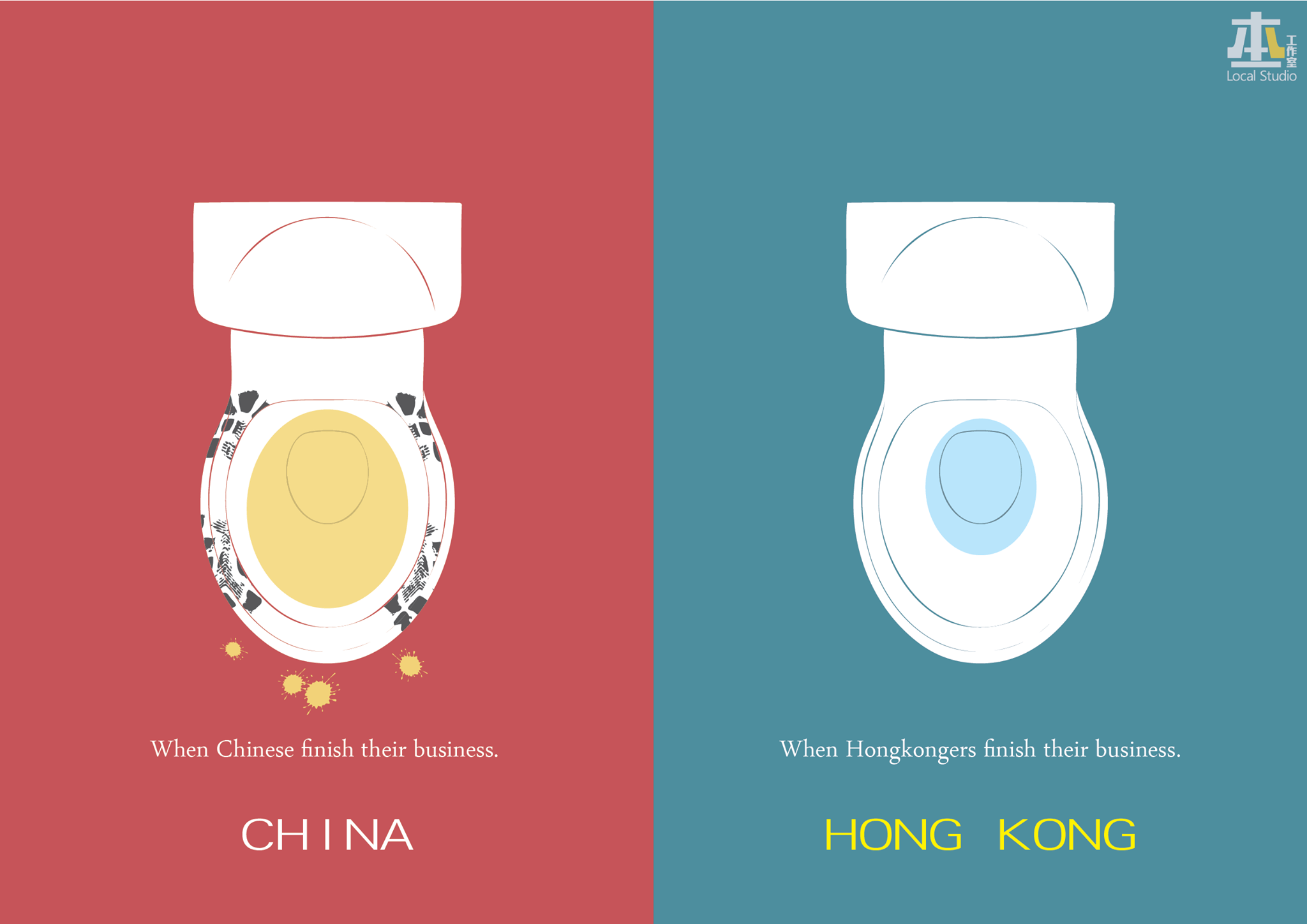
Retrieved from https://coconuts.co/hongkong/news/graphics-showing-why-hong-kong-not-china-shared-widely/
As seen above, these are all comparisons between two countries, be it the way they write, behave on public transport, and well, use the toilet. It showed a lot of behavioural aspects between two countries just from simple illustrations, and I wanted to think about how by showing toilets instead, what kind of behaviour would people show and perceive these toilets?
My analogue project will basically look like this:
Two stacks of paper will be printed with different toilets. This will still work similarly to the project I have mentioned previously, where there will be an eventual “winner”. But along with this I have added an additional element.
Participants must do the following:
- Tear off the toilet cubicle they prefer.
- Flip to the other side where there is a quick survey.
- Give the reason for picking that toilet, and to also rate the toilet based on how satisfied they would be with using the toilet.
- Drop it into the box provided, so that I can collate the result winner of the day.
This not only gives participants a chance to pick, but also to reason why they picked their option. They also get to rate the toilet that they have picked, based on satisfaction, cleanliness, whatever they wish to rate it on. This is based off how we have little tablets in fancy toilets to rate how the cleanliness is like.
So why rate toilets that are already obviously dirty? While it is probably redundant to ask for a rating from toilets that are probably all inherently dirty, it would be to question the psychology of choice, and also, the paradox of choice.
The paradox of choice talks about having anxiety over too many choices. In fact, if you do research on the psychology of less choices, you get a lot of articles talking about how less is probably more. The reason why choice is always such an important thing, in marketing for example, is that it gives consumers the perceived control that they feel is necessary when making decisions. I thought it was a pretty interesting read into things, given that I was just mostly talking about toilets and their cubicles, but it reads into that as a question to participants: Which toilet would you pick? You only have two choices. But are either of these choices really worth it? Am I, as the person giving you the choice, really giving you a choice between the two? Is there a state of control? Are you really happy picking the toilet you have picked, when evidently, both are dirty? These questions can only really be answered by the individual, and probably based on their level of immersion and comfort.

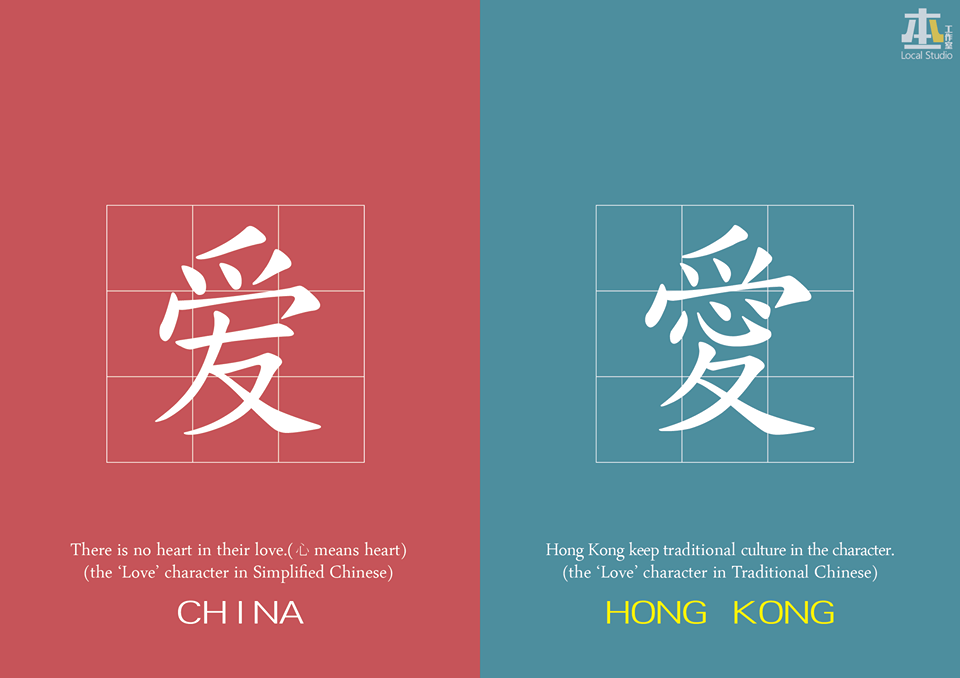
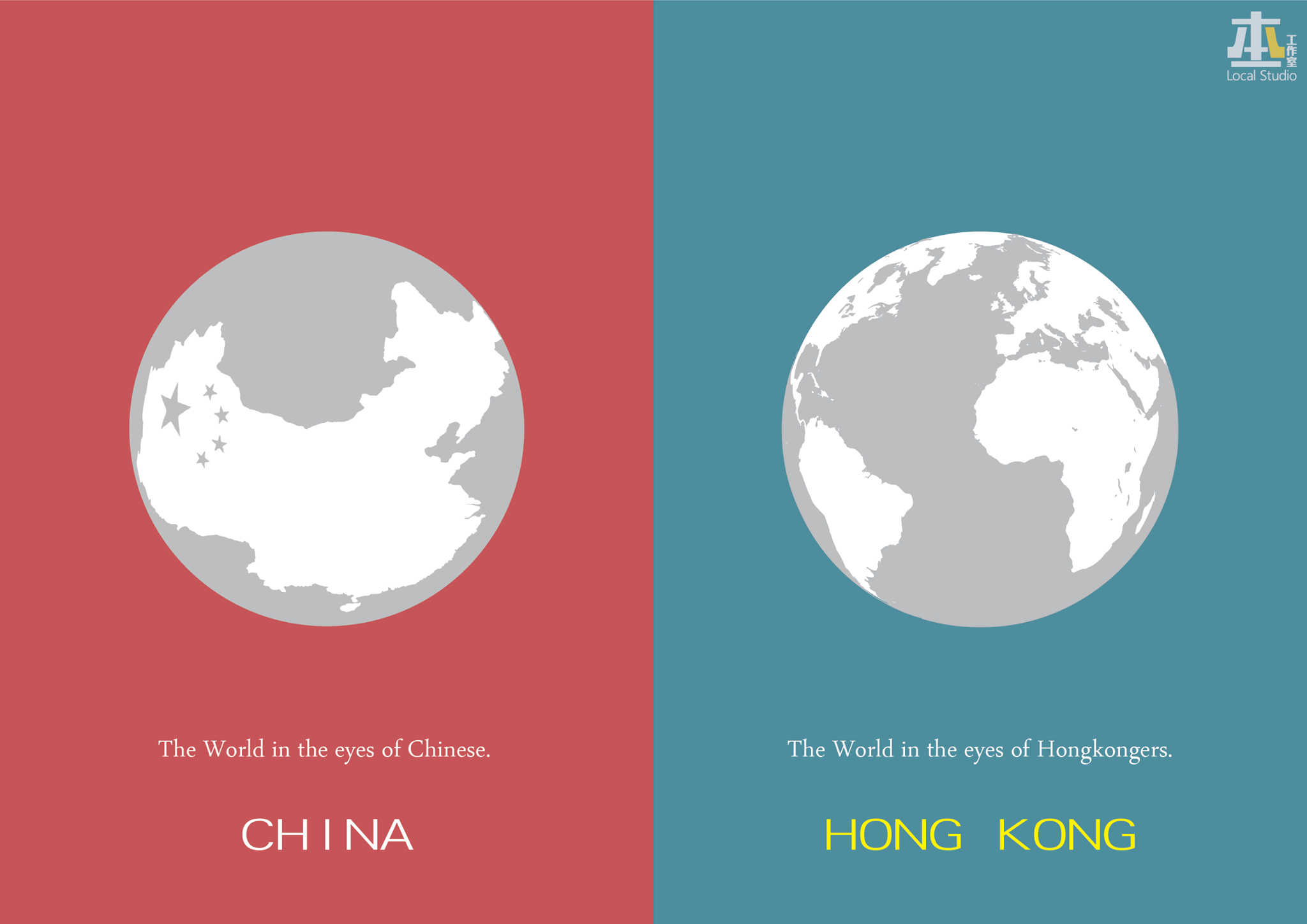

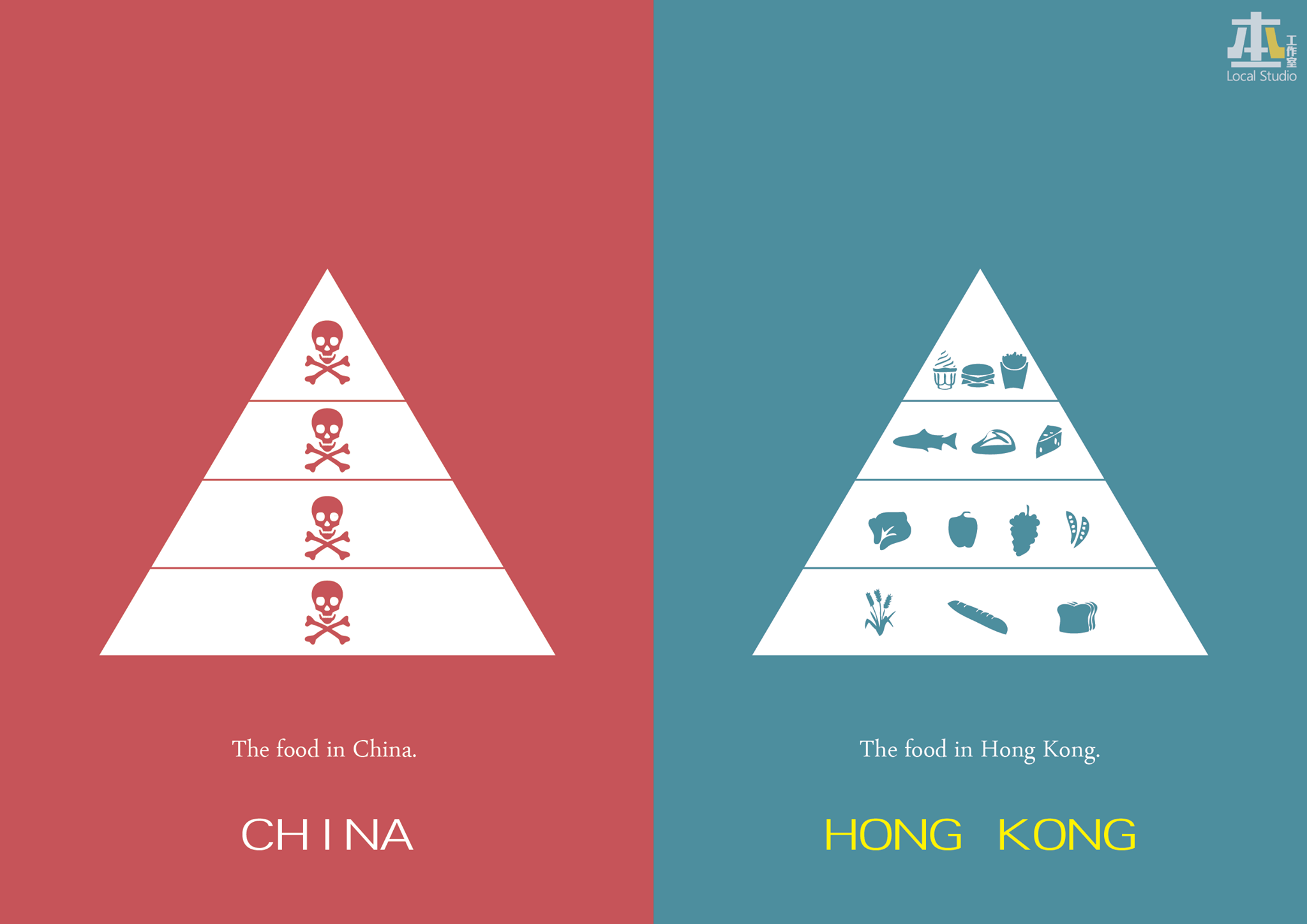




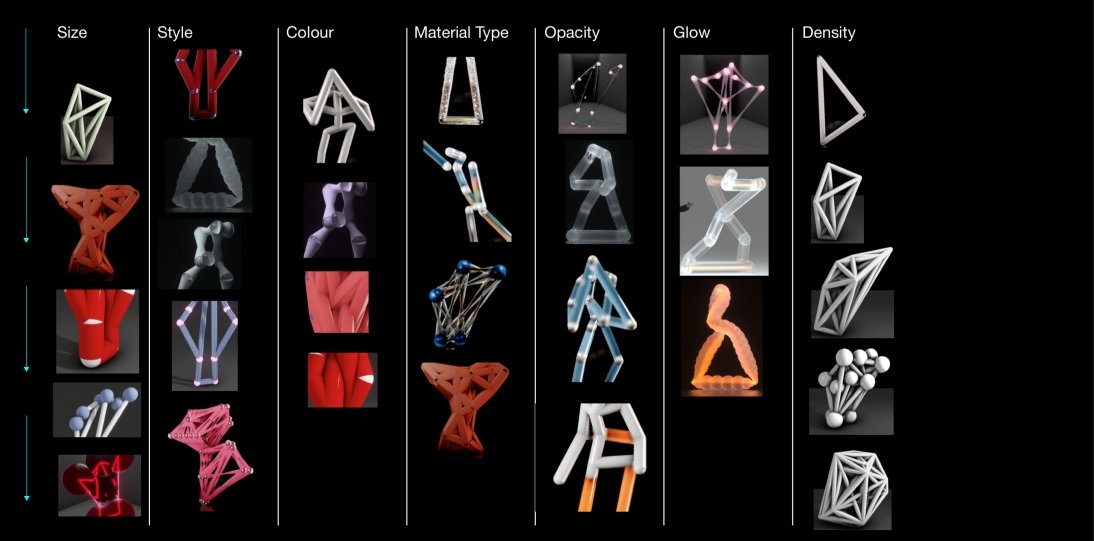
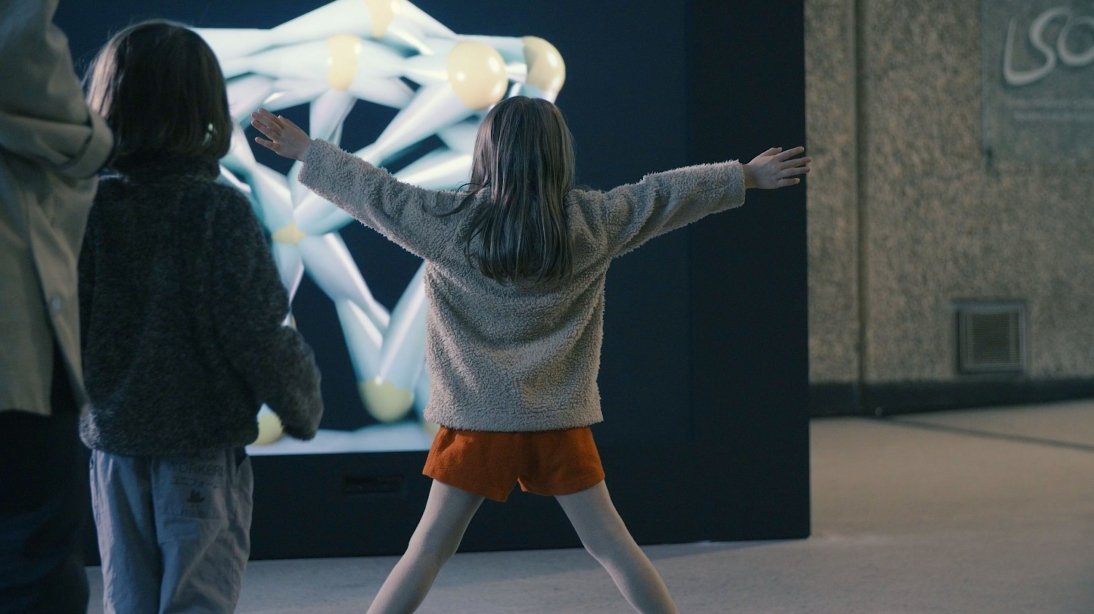

Recent Comments